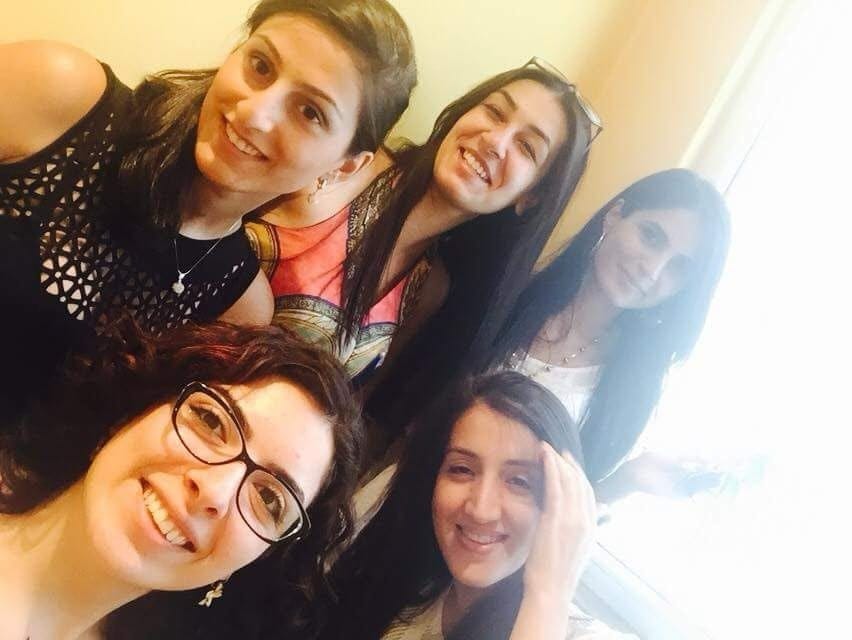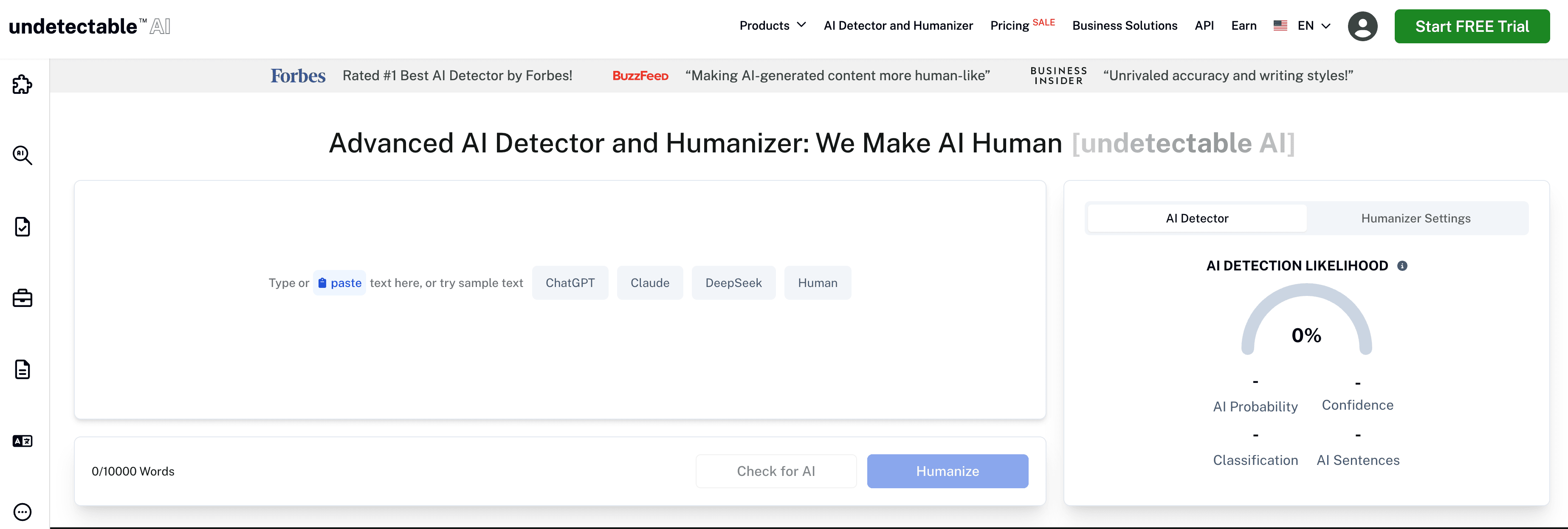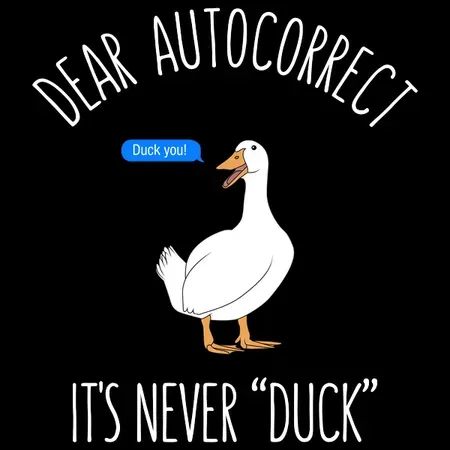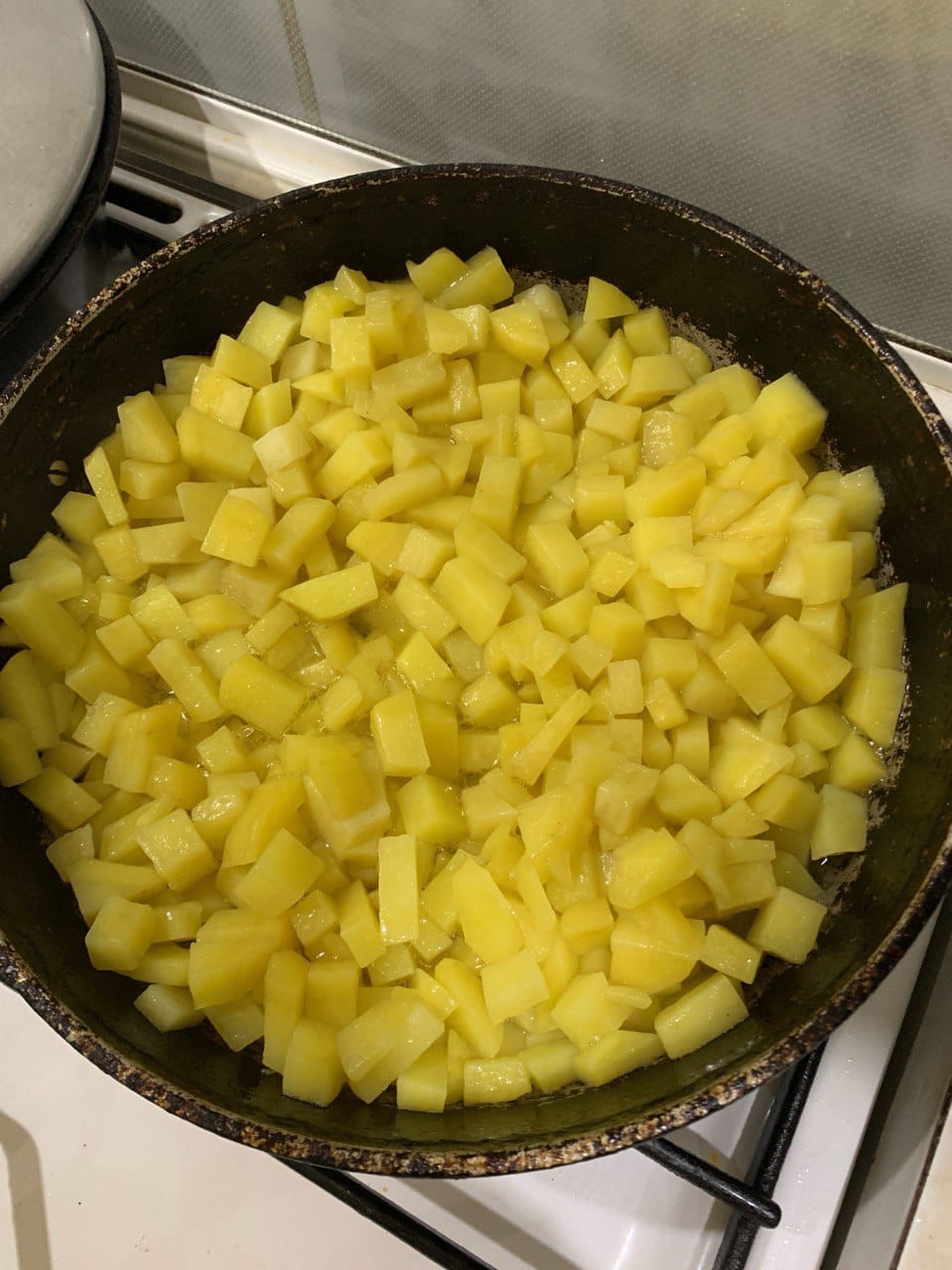The Flood and the Filter
Open any feed today and you’ll see it: AI content everywhere.
Threads stitched together in seconds. Videos narrated by cloned voices. Blogs that read like a conversation with a robot. There’s so much of it that it all blends into unbearable noise.
Amid saturation, something paradoxical occurs. People are drifting back to long-form blogs, raw podcasts, and authentic voices. They want to hear real people with real experiences.
That’s because humans have an evolutionary filter. We can smell the BS and separate fluff from substance.
Take fashion and music – stupid trends fade or age badly, while fundamental and well-made ones stay. Take dubstep, autotune, bluish-grey eyeshadows, low-rise jeans, thread-like brows, face contouring, big 80s hair, etc. They all had their iconic moments, but once overdone, badly done, and tired, they become “cringe”.
Remember people using the Galaxy Notes as a phone?

I’ve definitely NOT done that! No I haven’t!
All trends get through the “overdone and rejected” phase:
* In the age of consumerism, people took the minimalism culture to the absurd, then it subsided.
* NFT craze rose and then nobody ever heard about them again.
* Buccal fat removal took over Hollywood, and then everyone realized it was a mistake.
* People thought they were destined to be born the opposite sex, then they detransitioned.
On and on this cycle goes, but if you look at the history, you’ll see humans filter and reject deranged/harmful ideas over and over.
Every single time, humanity regains its bearings. It may take time, but we do.
Human BS Detector + Time = Common Sense
“
Bullshit AI content will also see its end like all other cringe trends.
But this isn’t an article about the end of AI content. Quite the opposite.
Recognizing the Tool
My late grandmother, a chemistry teacher, had a strange philosophy about cheating. She used to say: if a student went to the trouble of making a cheat sheet, they should at least pass. Why? Because in writing that sheet, they had to wrestle with the material, even if just a little.
Effort sparks learning.
At uni we used to arrange study groups even when there was no mandatory group work. Each of us would learn parts of the material and teach each other. Rather than struggling with a large volume of text, everyone only had to digest and explain the small part of the whole, and the material gathered in everyone’s head like a puzzle.
These were the best days of my student life.

AUA, circa 2015
A decade later, my aunt, an anatomy teacher, was initially wary of “cheating with the help of ChatGPT.” But what happened day-to-day fascinated her. Students ask ChatGPT to generate exam questions, explain, and drill them on topics. While they use GPT for outright cheating as well, most students just have fun with the material with the help of a friend in their pocket. It might not be the most “orthodox” way of learning, but my aunt says it works.
And I believe her.
As years go on, methods and tools evolve, which is only natural.
Leveraging the Tool
The flood of content mentioned in the first section occurs because of the way people use AI. There’s a huge difference between copy-pasting your “exam answers” and engaging with the material via the LLM.
How do people use AI? Most people go like this:
Generic creator: Hey GPT, create a blog post about humans winning at the age of AI.
AI: [Spits out a 600-1000-word article with no soul and personality, regurgitated expressions, cliché word choices, and generic sentences based on the predictive algorithms.]
Generic creator: [Copies and pasts the article on her blog, slaps a few Amazon affiliate links or such, and calls it a day.]
“
It’s something else entirely when you put some effort into the communication (any communication, really):
Jess: Hey AI, here’s what I’m thinking about human-AI collaboration. [Inputs a 7-page rant about how AI is a tool and how humans keep winning throughout history, then adds personal experiences about her grandmother and a conversation with her aunt]. Can you please sort through my rant?
AI: [Consolidates the information and arranges it into a logical sequence]
Jess: Now, let’s work through these clunky ideas and make it into an article outline. Here’s what I think it should look like. Challenge me.
AI: [AI Suggests an article outline.]
Jess: Well, let’s work on the logic in section 3 a bit more [goes on explaining what she wants the section to look like].
AI: [Fixes the issues]
Jess: Now that we have this outline, let’s draft the article.
AI: [Writes the article]
Jess: [Reads the article, and takes more time refining it, adding her own voice, and polishing it. Then she goes back to her friend, prompting it for final edits and pictures.]
When she hits publish, a sense of accomplishment washes over her:
This process would be so much harder if not for this amazing partnership!
“
Yes, I leveraged AI while writing this article. I’d be stupid not to. And I couldn’t care less about AI content checkers placing this article at “69% AI-generated.”

Not surprised to see the same tool’s website selling a premium tier to “humanize” the article.
And guess what? It uses AI to do so. Fucking genius!
Duck that.

Am I a naïve AI enthusiast? So what?
I see AI as an ally, a thinking partner, and a knowledgeable friend one touch away.
Adapt or Die
“Automobiles are dangerous,” coachmen (carriage drivers) said.
Of course, they promptly went out of business a few years later.
Every major tool has had its panic moment. If you go back into history, you’ll see it as bright as day.
* The printing press was supposed to ruin memory.
* Calculators were supposed to kill math skills.
* The internet (especially Wikipedia Wokipedia) was supposed to turn students into lazy plagiarists.
Now AI carries the same blame. Teachers fear it will flatten originality and hollow out education.
But the truth is simpler: tools aren’t threats, they’re multipliers.
Quick! Think of 5 ways to use a knife.
I bet at least one of them included a lot of blood.
But while a knife can hurt, it can also cut potatoes for frying.

Potatoes, Medium Dice, Cast Iron, Ghee. YUM!
A knife is a tool. So is AI.
Every tool that once sparked fear eventually became indispensable. AI will follow the same path.
BUT…
Who are you Without Your Shiny Tools?
I’m human, and I’m brilliant.
We came on top of the “survival of the fittest,” and there’s a reason why.
We’re noisy, fallible, sometimes lazy and dumb, other times deep and amazing, but at the end, we’re endlessly adaptive.
And AI?
Hand in hand with a capable human, it’s the most amazing tool ever invented.



